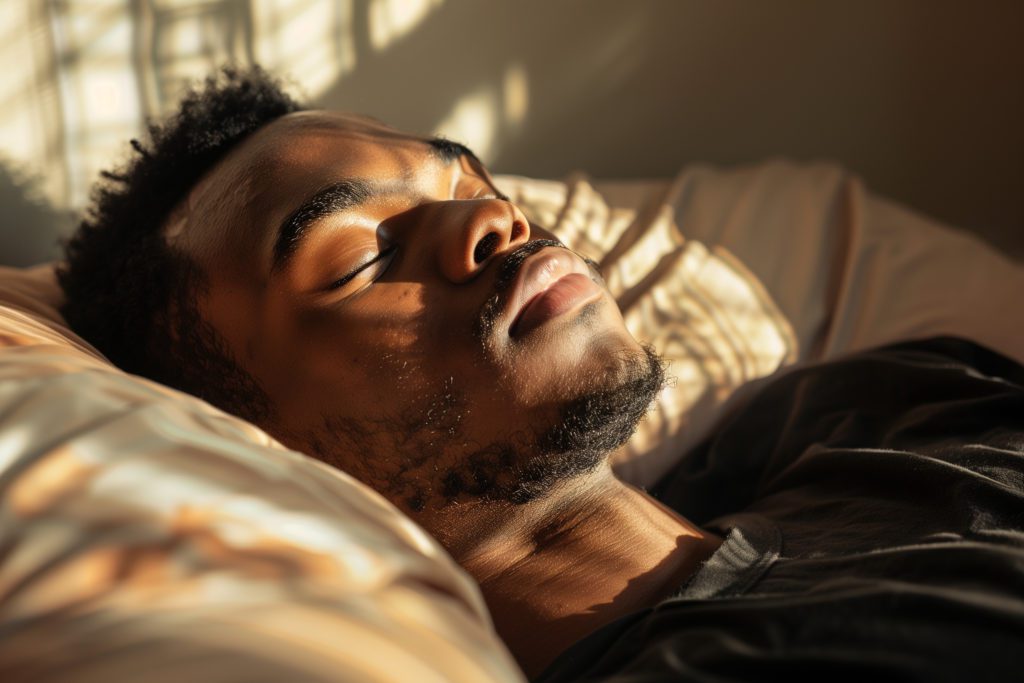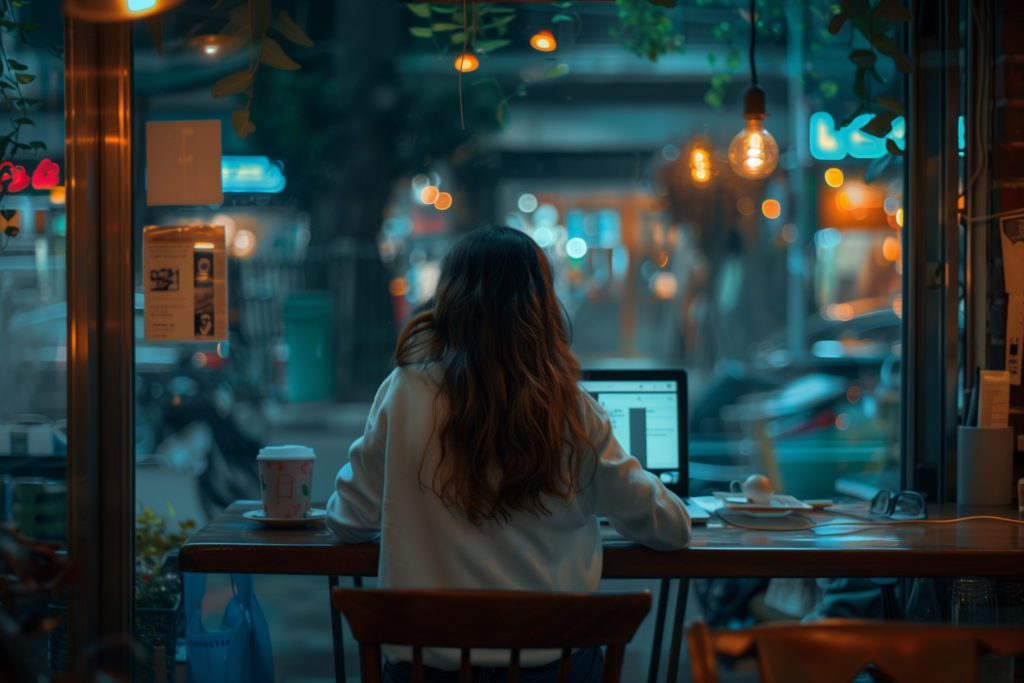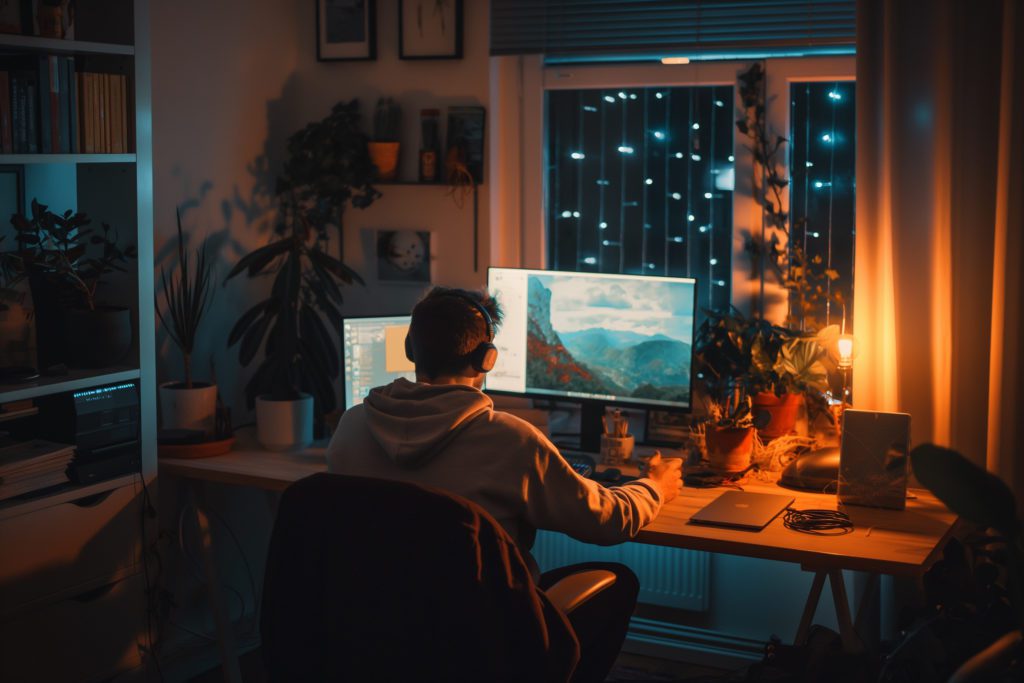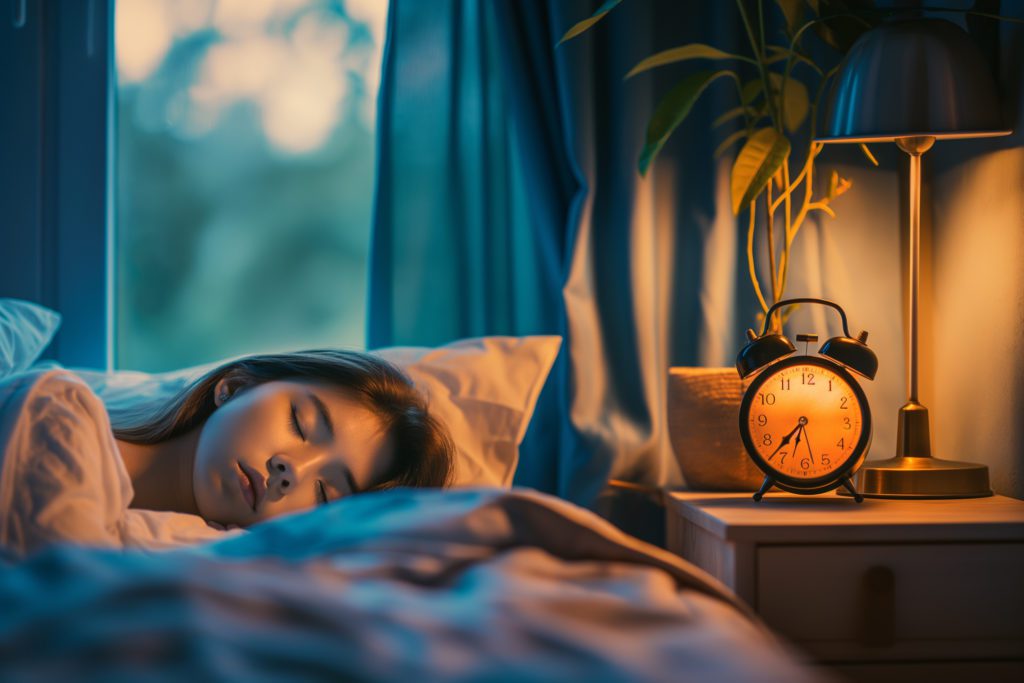
Are There Any Negative Effects of Power Napping on Nighttime Sleep?
Power napping offers a variety of benefits on cognition, mood, and more. There are some negative effects of power napping if you do it wrong. It’s important to keep these naps short.
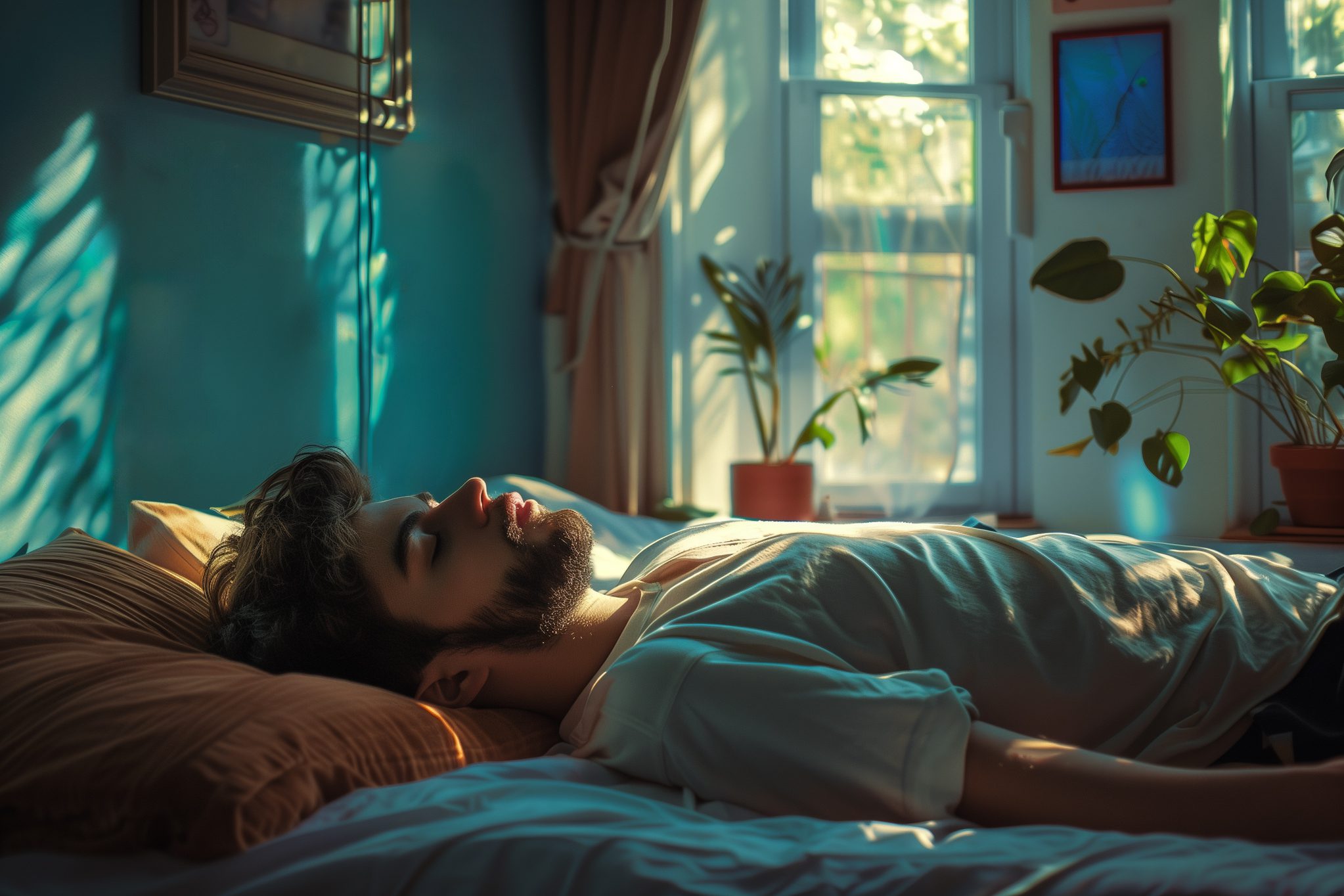
Need an afternoon pick-me-up? Skip the coffee and go for a nap instead. Power napping is a great way to get over a mid-afternoon slump. A power nap is incredibly restorative and can help you feel energized. These short naps, which are typically 10 to 30 minutes long, can do wonders for your overall energy and alertness.
Many large companies recognize the benefits of napping for their employees and have designated nap areas. Google recently installed nap pods in their offices so that employees can take afternoon naps. At Nike’s headquarters in Oregon, there are rooms designed for napping.
A lot of people skip out on power naps, thinking that it can affect sleep. Can power naps actually interfere with your nighttime sleep? Yes, power naps can do more harm than good if you take them for too long or at the wrong time of the day. But, if you take power naps the right way, they can be very good for us. Here’s what you need to know about power napping.
Benefits of a Power Nap
Sleep scientists have discovered many benefits of napping. These short naps benefit both the body and the mind.
- Helps you feel refreshed - Naps can help you feel more alert for hours after you wake up.
- Reduces fatigue - A 15-45 minute power nap can reduce fatigue for the rest of the day.
- Relieves stress - Napping can relieve stress and reduce negative emotions.
- Improves mental performance - Improvements in cognitive performance last for up to three hours after a short nap.
- Boosts the immune system - Thirty-minute naps have been found to improve immune system functioning.
- Improves memory - Power napping can boost memory and performance.
- Can make you feel better - Naps boost mood, helping you feel better overall.
Who Should Take Power Naps?
Power naps work well for people who have fairly good sleep hygiene habits at night. If you sleep an average amount of hours but feel a lull in the afternoon, power naps can help you feel refreshed. If you don’t have a good sleep routine, you may want to work on that first.
People who have jobs that require a high level of vigilance, such as airline pilots and truck drivers, can especially benefit from power naps.
How Power Napping Can Interfere With Sleep
If you nap the wrong way, it can mess up your sleep. Naps that are longer than 30 minutes can affect your ability to fall asleep at night. Long naps also interfere with your circadian rhythm, which is the biological clock that regulates your sleep cycle.
Long naps also cause sleep inertia, which causes you to feel groggy, disorientated, and drowsy when you wake up. This happens when you fall into a deeper stage of sleep, which is harder to wake up from. Sleep inertia affects performance so it can be a real problem for people who are on-call or who must immediately return to work after a nap.
Taking naps too late in the day or evening can interfere with your sleep cycle, as well. If you take a nap after 5 PM or so, it can make it harder to fall asleep at night. Napping too late reduces the drive to sleep or homeostatic sleep pressure so you don’t feel tired at night.
Some studies have found that adults who take long naps in the afternoon may be more likely to develop chronic conditions like depression, diabetes, and heart disease. Napping could indicate that they are not sleeping well, which might increase the risk for these conditions.
How To Take a Power Nap So It Doesn’t Affect Your Sleep
The key to getting the most out of your power nap is to take it in the right way. If you’re not sure how to incorporate power naps into your day, follow these tips.
- Keep naps short but not too short- The ideal length for a power nap is 20 minutes. You can nap for longer than this but aim to keep it under 30 minutes. If you nap for too long, you’ll wake up feeling miserable and have trouble falling asleep at night. Napping for less than 10 minutes will not leave you feeling refreshed. You can use Pillow to easily set a timer for your power naps.
- Don’t nap too late in the day - Napping too close to bedtime can interfere with sleep. Therefore, aim to take a nap no later than halfway through your day.
- Make sure you are comfortable - Your nap environment should be peaceful. Find a spot that’s quiet, dark, and cool. You should be able to lay down or recline. If you're in a well-lit or noisy area, use an eye mask and earplugs to drown out light and noise.
- Stay consistent - Power napping is something that you have to get in the habit of doing. You’ll get the most benefit from power naps if you take them every day. If you don’t fall asleep right away, don’t get discouraged. Just try again tomorrow.
- Stick to one power nap a day - To avoid disrupting your circadian rhythm, take just one nap each day. For most people, one nap a day is fine. If you need multiple naps a day, it could be a sign of an underlying problem that you’ll want to talk to your doctor about.
Power Naps Aren’t for Everyone
Most people can benefit from power naps, but not everyone will. If you have insomnia, then you’ll also want to skip the power naps. You might think that napping would be a great way to finally get some shut-eye if it takes you hours to fall asleep at night. But, it doesn’t work that way. A nap should supplement your sleep — not replace it. Plus, napping can delay the sleep cycle, making it even harder to fall asleep. If you have trouble falling asleep at night or you keep waking up during sleep, then you’ll want to talk to your doctor.
Also, if you already sleep eight or more hours a night, wake up feeling refreshed, and don’t feel tired throughout the day, then you probably don’t need to take power naps.
When to See Your Doctor
A short well-planned power nap each day can do wonders for your mood and cognition. But, if you feel like you can’t stay awake throughout the day, then it’s time to talk to a professional. You could have narcolepsy or another sleep disorder.
FAQ
What are the main benefits of power naps?
Power naps can enhance mood, reduce fatigue, relieve stress, improve memory, boost immune function, and elevate mental performance for several hours.
How long should an effective power nap be?
The ideal duration for a power nap is 10-30 minutes. Naps over 30 minutes may cause grogginess or sleep inertia and interfere with nighttime sleep.
Can power naps affect nighttime sleep?
Yes, if taken too late or if they last longer than 30 minutes, power naps can make it harder to fall asleep at night.
When is the best time of day to take a power nap?
Early afternoon is ideal, as napping too late in the day can disrupt the sleep-wake cycle, making it difficult to sleep at night.
Who benefits the most from power naps?
People with good nighttime sleep routines, as well as those with high-focus jobs (like pilots or drivers), can gain significant benefits from power napping.
Can power naps be harmful to people with insomnia?
Yes, napping can worsen insomnia by delaying the nighttime sleep cycle and reducing sleep pressure.
Who should avoid power naps?
People who get sufficient nighttime sleep and those with insomnia or frequent sleep disruptions should generally avoid power naps to prevent interference with their sleep cycle.

Written by
Emily Mendez
Emily Mendez is a former therapist and mental health author. She is one of the leading voices in mental health. Emily's writing has appeared in eCounseling, SonderMind, and more. Emily is frequently interviewed by Healthline, Fatherly, INSIDER, Family Circle, and other national media for her advice and expert opinion on the latest mental health topics.
Download Pillow
Get help
Press & News
Legal
Connect
X (Twitter)
Company
Copyright © Neybox Digital Ltd.
